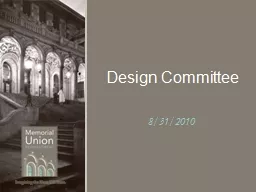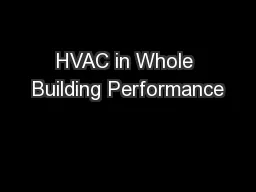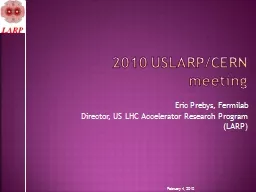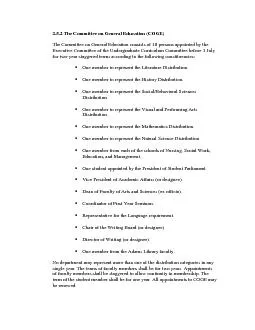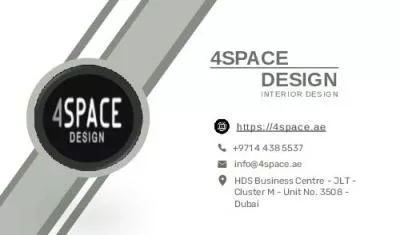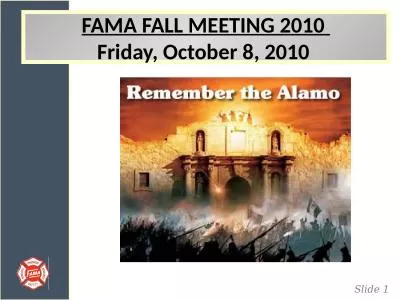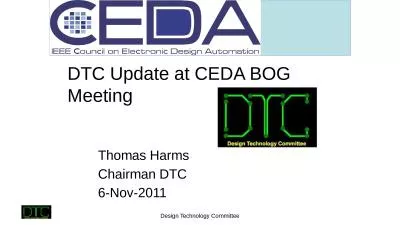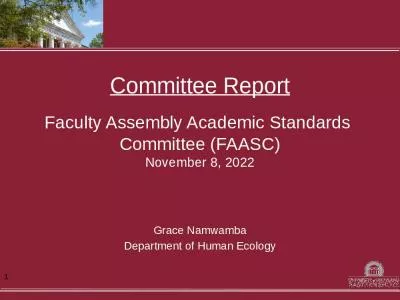PPT-Design Committee 8/31/2010
Author : ellena-manuel | Published Date : 2019-11-29
Design Committee 8312010 What you are most looking forward to this fall Welcome amp Introductions House Keeping Minute Approval Minutes can be found wwwUnionReinvestmentwiscedu
Presentation Embed Code
Download Presentation
Download Presentation The PPT/PDF document "Design Committee 8/31/2010" is the property of its rightful owner. Permission is granted to download and print the materials on this website for personal, non-commercial use only, and to display it on your personal computer provided you do not modify the materials and that you retain all copyright notices contained in the materials. By downloading content from our website, you accept the terms of this agreement.
Design Committee 8/31/2010: Transcript
Download Rules Of Document
"Design Committee 8/31/2010"The content belongs to its owner. You may download and print it for personal use, without modification, and keep all copyright notices. By downloading, you agree to these terms.
Related Documents

